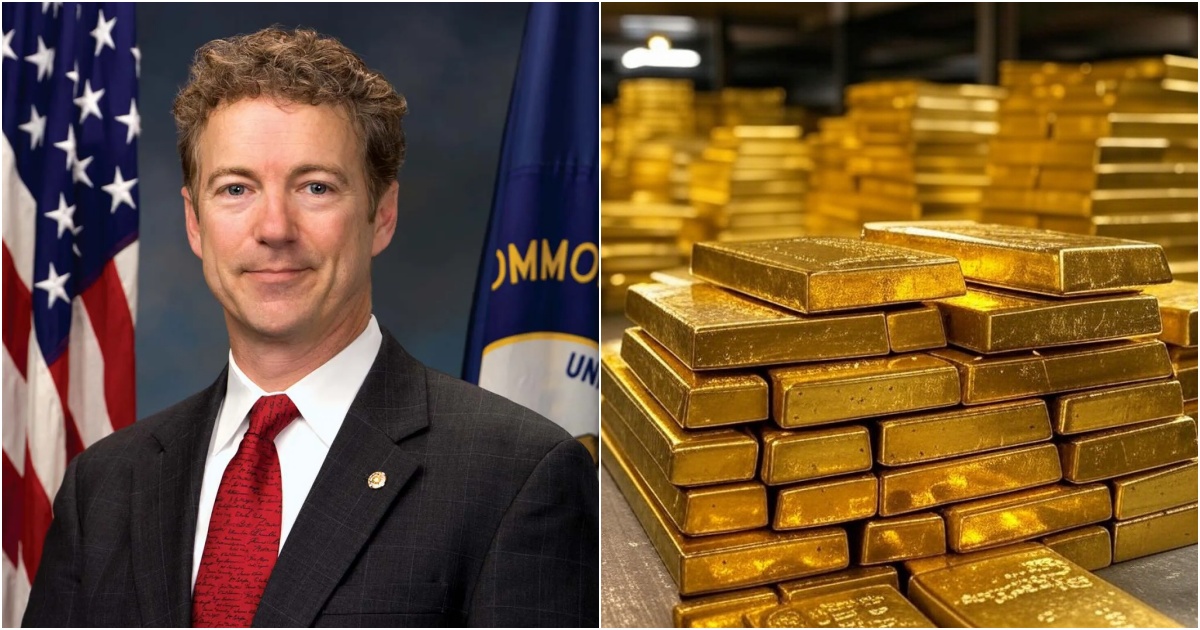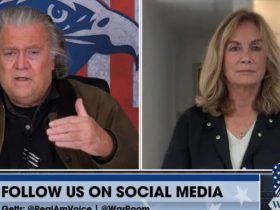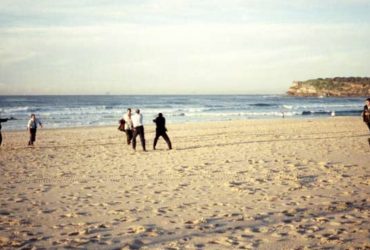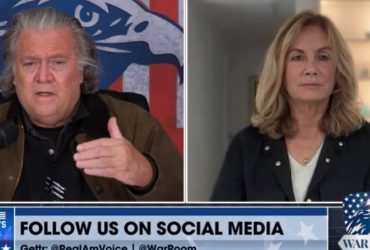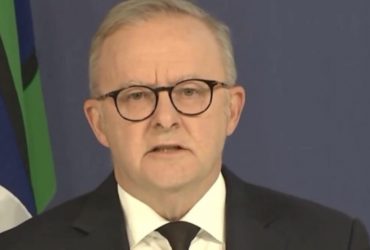AI-Generated Image (Grok)
Senator Rand Paul (R-KY) has called for a long-overdue audit of the U.S. gold reserves at Fort Knox—something that hasn’t happened in nearly 50 years.
The demand comes as concerns grow over whether the 4,580 tons of U.S. gold supposedly stored in Fort Knox still exist or if bureaucrats and the Federal Reserve have been engaging in financial sleight-of-hand behind closed doors.
The call for transparency gained momentum when conservative news outlet Zero Hedge sparked debate on X, posting:
“It would be great if @elonmusk could take a look inside Fort Knox just to make sure the 4,580 tons of US gold is there. Last time anyone looked was 50 years ago in 1974.”
Musk quickly responded:
“Surely it’s reviewed at least every year?”
To which Rand Paul fired back with a truth bomb:
“Nope. Let’s do it.”
Nope. Let’s do it. https://t.co/4sgVpaCwwz
— Rand Paul (@RandPaul) February 16, 2025
Fort Knox Gold Depository (Credit: Travis Good | Copyright: Good Pursuits)
What’s Really Inside Fort Knox?
The last known “audit” of Fort Knox’s gold took place in 1986.
The most recent comprehensive audit of the U.S. gold reserves at Fort Knox began in 1974 and continued until 1986, during which approximately 97% of the gold was audited and placed under official joint seals.
A government committee, consisting of auditors from the General Accounting Office (GAO), the U.S. Treasury, and the Bureau of the Mint, conducted the review.
At the time, officials claimed the U.S. held 276 million fine troy ounces of gold across various federal depositories, with the largest stash—147.4 million ounces—stored at Fort Knox.
Since the conclusion of the 1974–1986 audit, there have been no further comprehensive audits of the Fort Knox gold reserves.
Source: United States Mint
A Freedom of Information Act (FOIA) request aimed at obtaining all audit reports from this period revealed that seven of these crucial documents are reportedly unaccounted for.
The missing audit reports came to light following a Freedom of Information Act (FOIA) request submitted by researcher Koos Jansen of Bullion Star. The request aimed to obtain all audit documentation from the specified period. However, the Treasury Department was unable to produce seven of these reports.
According to Jansen, 7 out of 13 audit reports from 1974-1986 are missing and could not be obtained through FOIA requests. The Office of Inspector General, responsible for gold audits, only had access to 4 of the 13 reports.
Jansen wrote in 2015:
On February 25, 2015, I submitted a FOIA request in order to obtain the audit reports drafted by the Continuing Audits Of U.S.-Owned Gold committee in 1975, 1976, 1978, 1979, 1982, 1983 and 1984. Shortly after I got an email that stated my request had been received and was being processed.
Two months later I still got no response. When I logged in at my account at the FOIA website, I saw my request had disappeared. I decided to send an email to the FOIA online Help Desk to ask what happened to my request.
[…]
After some correspondence back and forth I finally got an email saying my FOIA was exported out of FOIAonline because my request was for access to historical records. Then, the official response from the offline department to my request I received on May 13 as a PDF attachment (click here to view) – oddly enough it’s dated ‘March 25, 2015’ but not sent to me at the time. This is what it said:
For your information, we contacted a librarian at the Treasury Department who informed us that “reports from ‘Committee for Continuing Audit of the U.S. Government-owned Gold’…are not in our collection.” And we attempted to contact a records management officer at the Treasury Department, but did not receive a reply as of the date of this letter. Given the date range of your request 1975-1984, the nature of the report —an annual audit of gold, and the fact that reports of similar type have been periodically published on the Internet, it is likely that copies and drafts of these reports are in the legal and physical custody of the Department of the Treasury. You may consider submitting a FOIA request directly to the Treasury Department.
In short, the US National Archives could not extradite the 7 audit reports I requested. The reports were not present at the National Archives, the OIG or at the Treasury Department. I doubt an attempt to “submitting a FOIA request directly to the Treasury Department” will bring me anything; likely it will be a waste of time as I had already contacted all possible government departments separately, which could not deliver me the reports I was looking for despite none of them was unwilling to help me. I will, however, submit a couple of new FOIA’s at the US government regarding gold audits.
The reports I did find, and are now publicly available, are:
* 1974 audit (released by the GAO 2/10/1975)
* 1977 audit (released by the GAO 5/5/1978)
* 1981 audit (and 1980 summary, released by the GAO 10/1981)
* 1985 audit (released by the OIG 4/25/1986)
* 1986 audit (released by the OIG 4/24/1987)
Coincidentally, or not, these reports are exactly the same ones as listed by Thorson at the congressional hearing in 2011 (exhibit 1, framed in red). It seems these 6 reports (5 documents) are the only ones “currently in existence” and the remaining 7 have mysteriously disappeared.
You can read the detailed report on this at Bullion Star.
In 2021, Former Rep. Alex Mooney (R-WV) proposed a bill aimed at auditing America’s gold reserves. The legislation sought a comprehensive assay, inventory, and audit of all U.S. gold holdings, as well as detailed reporting on all gold transactions involving the U.S.
“Given the dramatic levels of debt-financed spending by the federal government and the potential this could trigger an inflationary nightmare, ensuring America’s gold reserves are both secure and fully accounted for has never been more important,” wrote Rep. Mooney in his letter.
“At the same time, Russia and China are presently accumulating physical gold at a rate that experts believe could soon threaten the financial dominance of the United States and, by extension, our national security,” Mooney continued.
This bill is still sitting in Congress.
The post Sen. Rand Paul Calls for First Fort Knox Gold Audit in 50 Years, Taps Elon Musk’s DOGE for Verification — FOIA Requests Show 7 Out of 13 Previous Audits Reportedly Missing appeared first on The Gateway Pundit.

